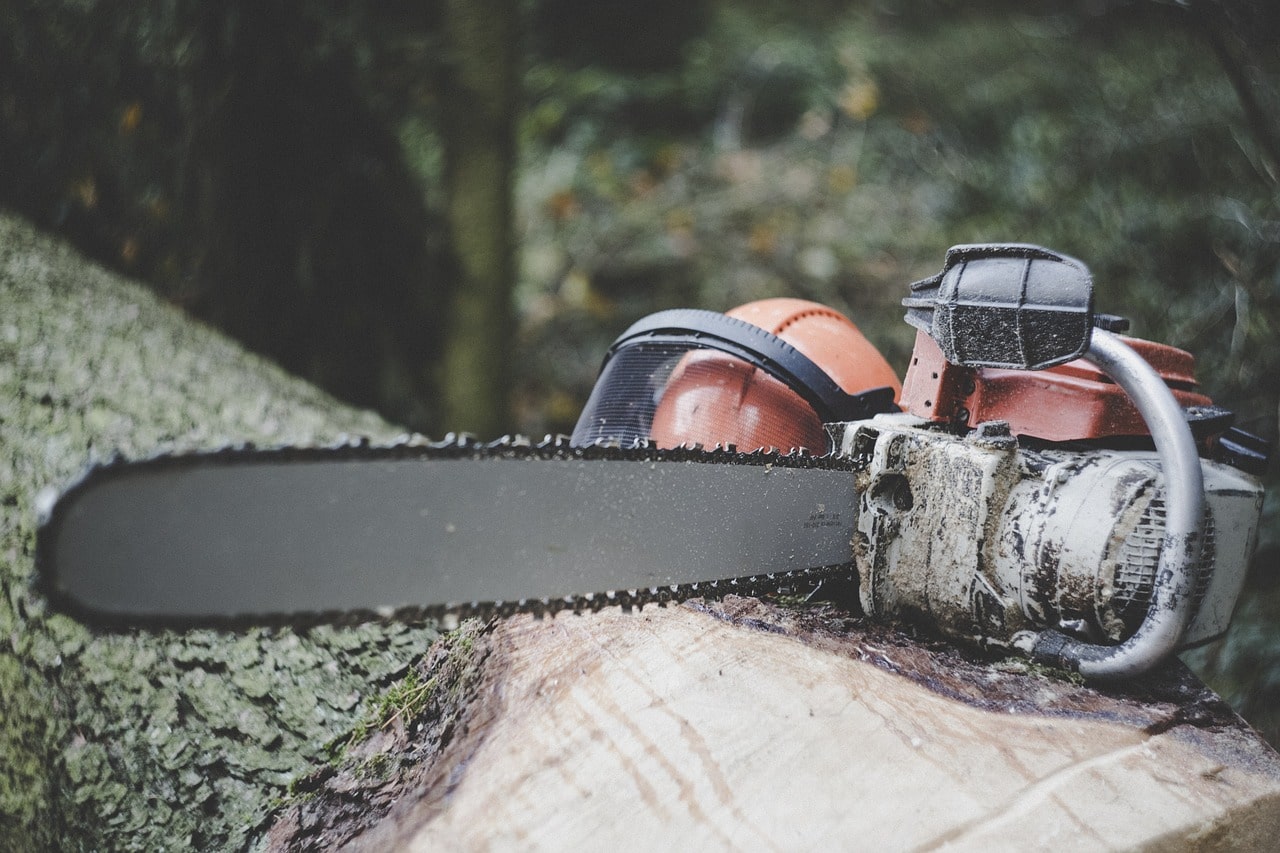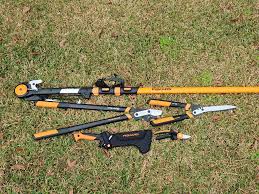
Chainsaw Felling Dogs/Bucking Spikes: Are They Necessary?
Chainsaw Dogs are highly strong machines with massive energy output, despite the fact that we may take them for granted. Controlling this enthusiasm might be a little challenging, particularly when they get bigger.
The bar rises as the saw’s motor spins more quickly due to velocity, and if the chainsaw’s tip strikes an object, kickback may result.
This is where dog killing comes into play. In order to secure the chainsaw into the tree or log. This gives the sawyer much greater control and precision over the cut.
The chainsaw can be lifted so the sawyer can cut more forcefully without exerting much strain on the saw itself by using the felling dogs as a fixed fulcrum.
Explain the size of the Chainsaw Felling Dogs
Two different felling Chainsaw dogs, those with little teeth and those with larger, more aggressive teeth can be used. What one intends to cut greatly determines which type one should choose.
Larger trees with thicker, softer bark, such as cedars, and pines, are typically the ones that employ the larger teeth. The saw can cut through the bark without slipping thanks to its large teeth.
With larger logs, its protrusion may also provide the sawyer with a little bit of additional leverage during the cut. On the other hand, smaller teeth are better suited to smaller trees and trees with harder, thinner bark.
Shorter teeth will keep more of the bar accessible and usable if the bark is thin and hard to approach, therefore larger ones will simply be of no use.
Spruce has incredibly thin bark, as you can see in the picture below. Chainsaw Dogs won’t be able to grasp into this spruce for more than a quarter of an inch, regardless of how long the teeth are.
The length of the bar should be taken into account while choosing the size of the felling dogs. As was previously noted, cutting down dogs results in a reduction in the length of the bar. More of the bar will be covered by longer teeth.
Explain Bucking Spikes
Bucking is the simple act of chopping a tree into more manageable pieces. When slicing logs into firewood and after limbing, this is customarily done.
Verify the log’s stability and that it cannot move out of the way from you or, more critically, toward you before moving ahead. If necessary, wedges of wood or stones should be used to check the log. Use markers to mark the log’s cut lines if you’re making firewood out of it. Most firewood has a length of 16 to 20 inches.
At each cut line, saw the log about three-quarters of the way through. Avoid trying to see through the log completely since you will wind up cutting into the ground.
Although they have several benefits when felling trees or bucking logs, felling Chainsaw dogs are ultimately an optional piece of machinery. It depends on you and your circumstances whether or not you utilize them, so perhaps this article has helped you understand their benefits and drawbacks and helped you make a decision.




